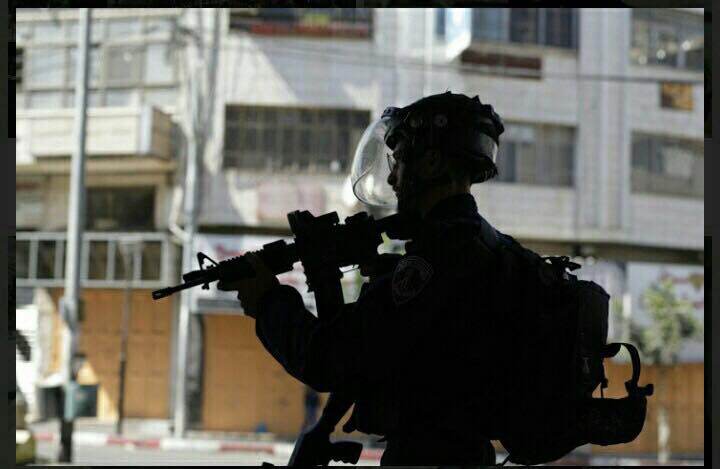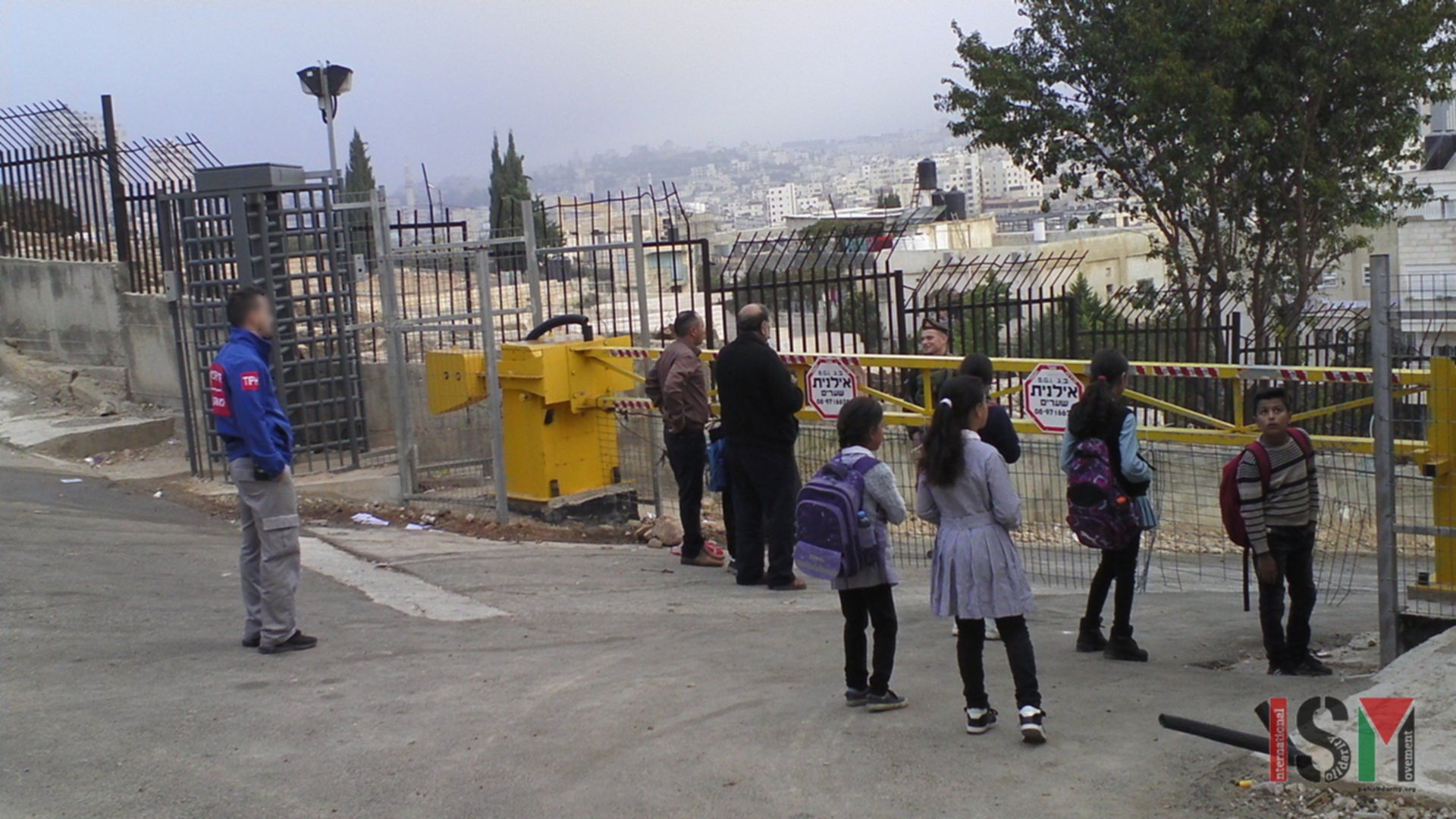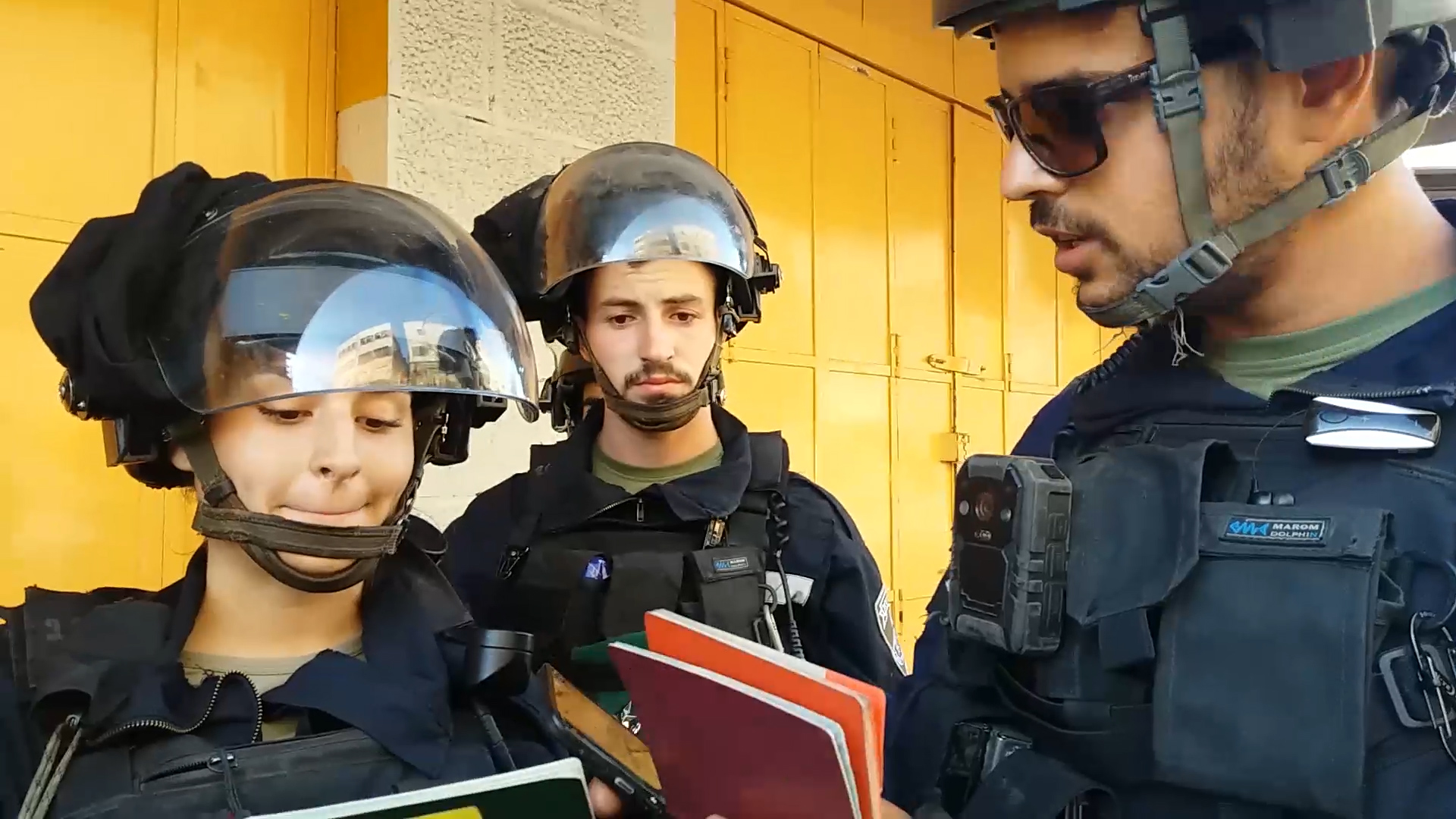Category: Hebron
-
Residents and schoolchildren blocked at the Tel Rumeida checkpoint for 30 minutes
21st October 2018 | International Solidarity Movement, Al-Khalil Team | Hebron, occupied Palestine This morning, schoolchildren and other passers-by encountered the Eastern Tel Rumeida checkpoint blocked in both directions and had to wait 30 minute to pass it on their way to school or workplace, while a young man was detained inside for 30 minutes.…
-
VIDEO: ISM Volunteers in Al-Khalil forced to show their passports during protest in Al Khalil
17th August 2018 | International Solidarity Movement, Al-Khalil Team | Hebron, occupied Palestine After Friday prayers at around 2pm, Palestinians gathered in front of checkpoint 56 to protest against the military occupation. Around 4o soldiers and border police officers entered H1, the Palestinian controlled part of the city, where they shot excessive amounts tear gas and…
-

Friday demonstration violently repressed in Hebron
11th August 2018 | International Solidarity Movement, Al-Khalil Team | Hebron, occupied Palestine Yesterday, on the 10th of August, the Friday demonstration in the city of Hebron (Al-Khalil) was violently repressed by Israeli forces. Unarmed protestors gathered after Friday prayers, around 13:30, to protest against the occupation and in solidarity with Gaza. During the…


